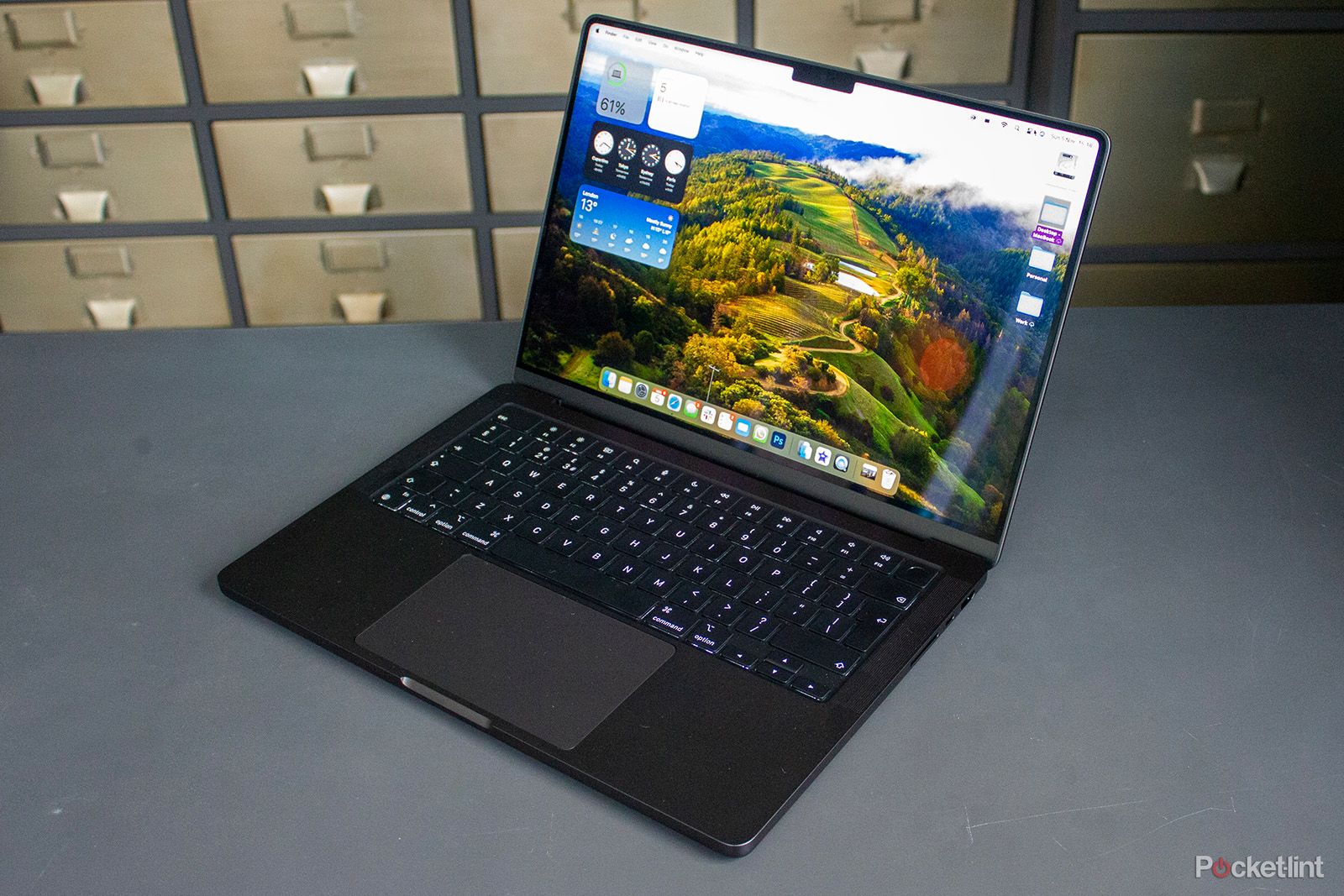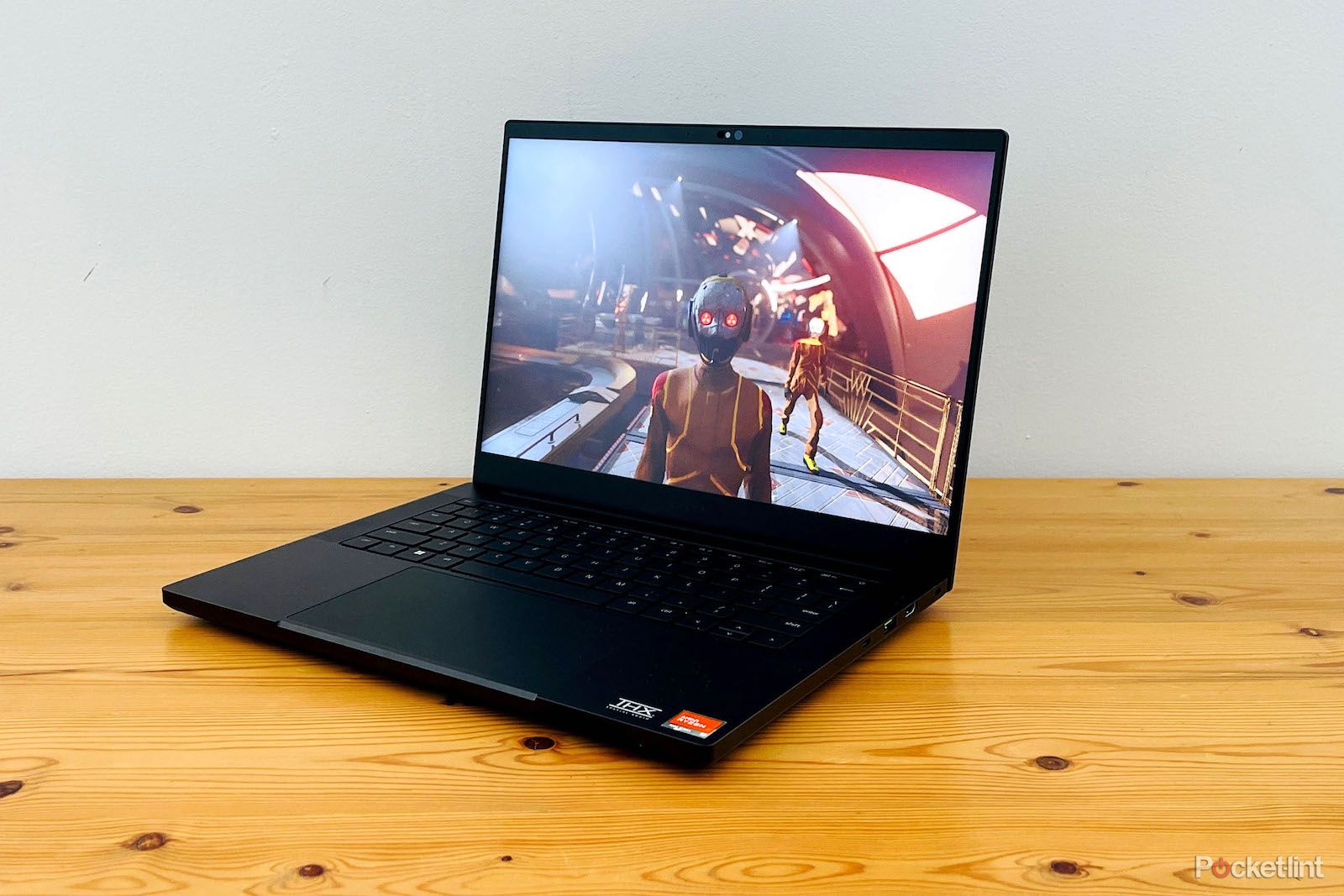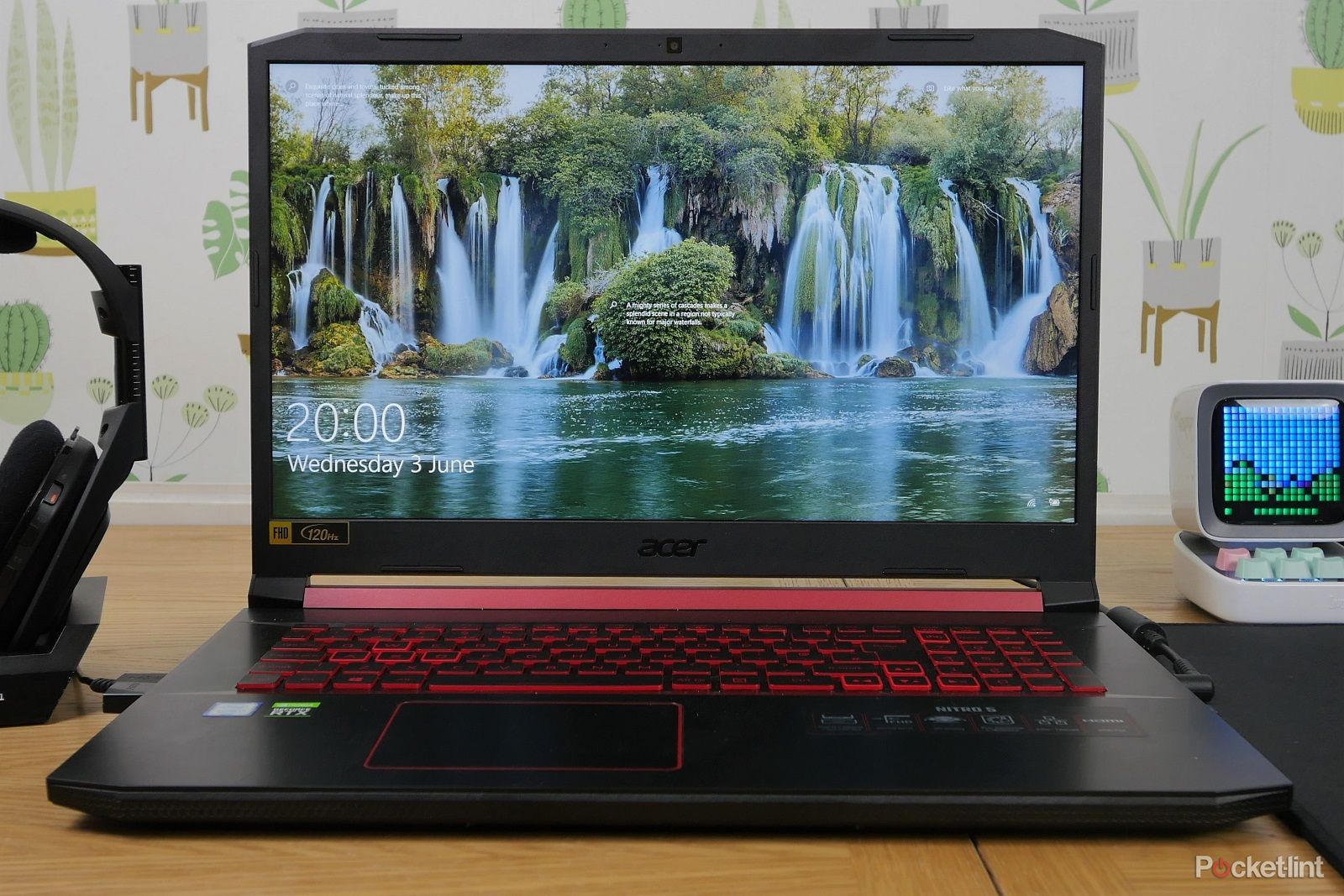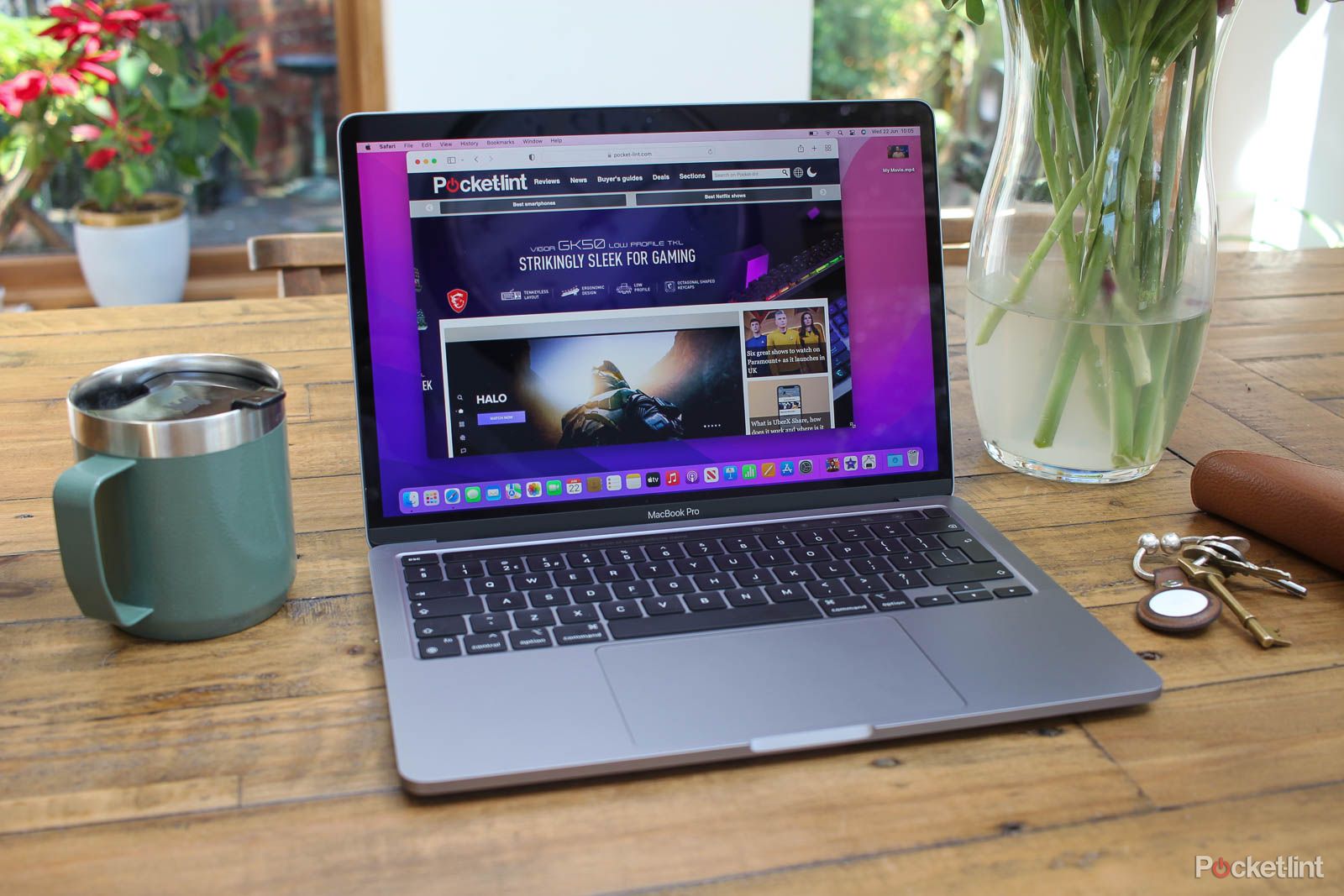If you can’t wait to get back to the studio to edit your latest footage, a laptop is the way to go. But because photo and video editing is so hardware-intensive, you’ll need to choose a powerful laptop to keep up. This means something with an advanced graphics card and processor, as well as 16GB of RAM or more.

Best camera phones: Handsets that take pro photos and videos
With the best camera phones, you can take take pro-level photos and videos without the bulky DSLR bag.
I’ve worked in the film industry for over a decade, and I’ve learned that trying to edit on a crummy laptop just isn’t worth the hassle. The sluggish rendering, constant crashing, jittery playback, and year-long transfer times are simply too much to deal with. Thus, I decided to research and review the best laptops for editing photos and videos. I was lucky enough to have the Pocket-lint’s team of professional photographers, filmmakers, and computer geeks help me out. Together, we’ve assembled the following list of the finest.
Best laptops for photo and video editing: Our top picks
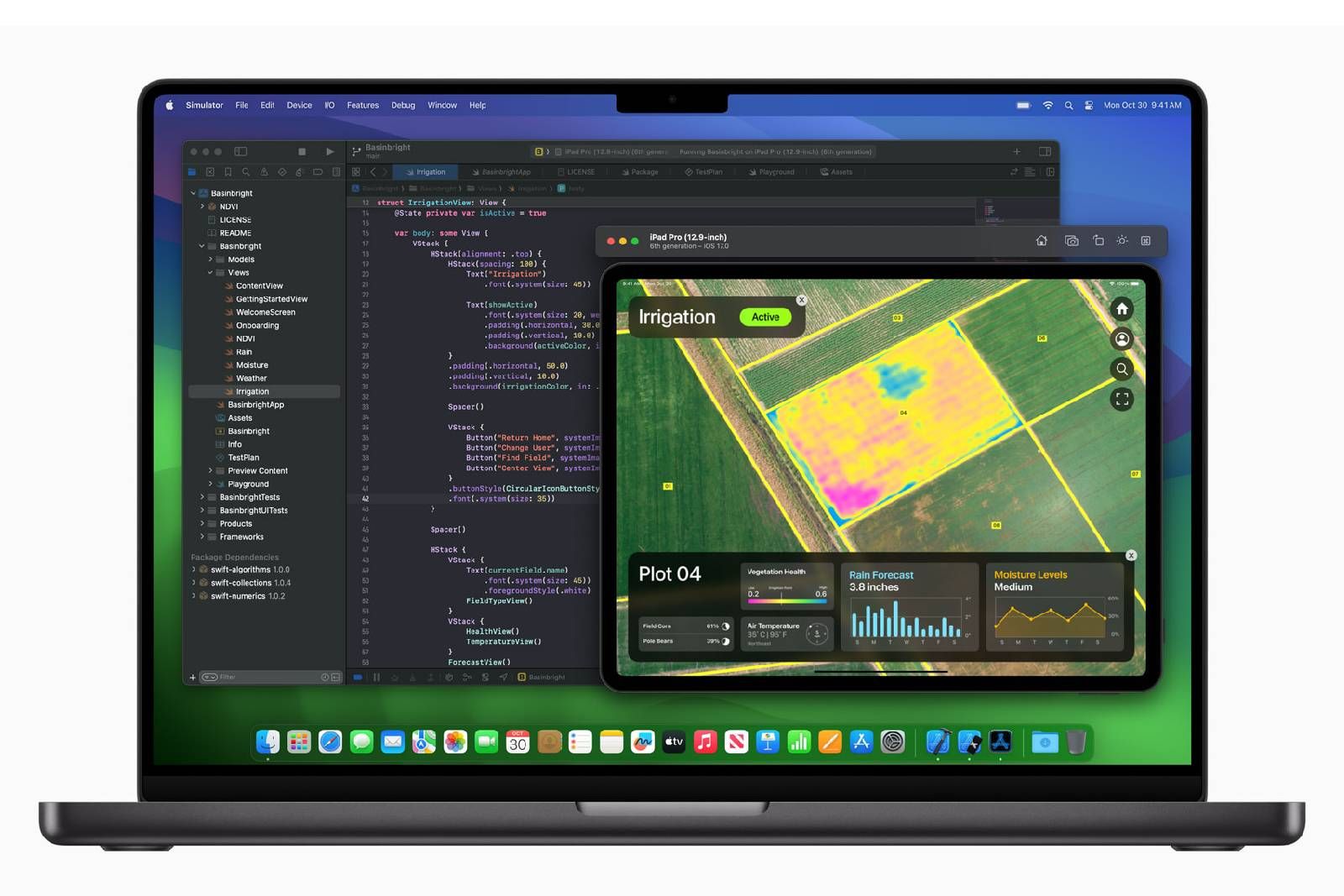
Apple MacBook Pro 14-inch (M3, 2023)
1. Best overall laptop for editing
The latest and the greatest from the creativity king
The 2023 MacBook Pro features the cutting-edge M3 chip with an 11-core processor, endowing it with the power to rip through editing tasks at lightning-fast speeds.
- Brilliant display with 3024×1964 resolution
- M3 Pro chip is blindingly fast
- Surprisingly accessible price point for an Apple product
- Built-in SDXC card slot and HDMI port
- Significant price jump for M3 Max chip and extra storage
- The 2022 MacBook Pro is cheaper and still very good
Pocket-lint’s Britta O’Boyle gave the new 2023 MacBook Pro an early-release review, and she was floored. Its new-and-improved M3 chipset is fast enough to basically eliminate load-times, so anything from web browsers to advanced 3D renders run smooth as butter. Of course, as with all things Apple, there are a number of different options to choose from, like how much storage and which M3 chip you prefer. For the price value and power, we recommend the M3 Pro model for editors.
Apple computers were once considered the superior machines for creative applications, but the universal compatibility of Adobe products has weakened that monopoly in recent years. However, this new generation of MacBooks promises to regain the throne. Their M3 chips synergistically combine the power of both the CPU and GPU to expedite processing speeds, so applications like Photoshop, After Effects, Premiere, Final Cut Pro, and DaVinci Resolve are responsive and smooth. Even when editing 4K footage, the 2023 MacBook Pro can handle those giant files with ease. The 18GB of RAM doesn’t hurt, either.
For editors, the gorgeous ”Liquid Retina XDR” is also a big plus. At 3024×1964, it falls somewhere between 2K and 4K (Is 3K a thing?), delivering a super-sharp and detailed image. It’s also remarkably bright, with over 1000 nits of brightness when using HDR. Yet, for all that power, the battery can last up to 18 hours on a full charge. For professional editing on the go, the 2023 Apple MacBook Pro is perfect.
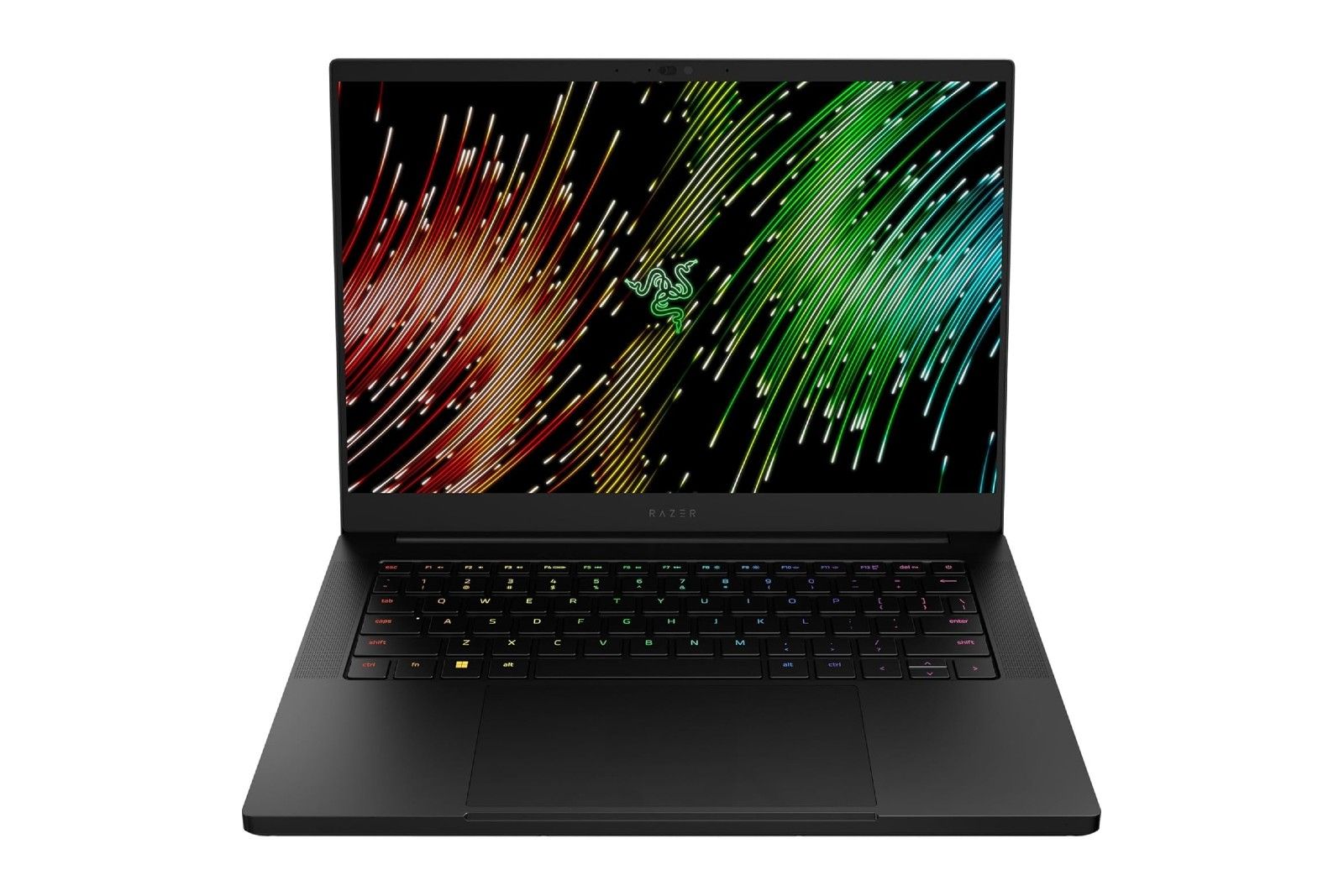
Razer Blade 14 (2023)
2. Best laptop with advanced graphics processing
The premium pick with a premium performance
The Razer Blade 14 earns its high price tag with professional gaming hardware that works flawlessly for editing.
- 240Hz display with QHD+ resolution
- GeForce RTX 40-Series graphics card
- AMD Ryzen 9 7940HS CPU is one of the best in the game
- Fairly long-lasting battery
- Razer likes to pack in a lot of bloatware
- Expensive
Just because the Razer Blade 14 is marketed towards gaming doesn’t mean it’s not just as useful for editing photos and videos. In fact, that gamer-geared hardware is precisely what we look for when it comes to running editing programs, since the advanced processor, powerful graphics card, and ample RAM help speed up editing tasks. The Razer Blade 14 proves this point in spades.
For example, the Razer Blade 14 has an AMD Ryzen 9 7940HS processor. This thing is so powerful that I’ve seen people asking on forums if it’s overkill. Perhaps its 8 cores, 16 threads, and 4.0GHz base clock speed are a little excessive for amateur gaming, but it’s perfect for professional editing. And that top-tier CPU is bolstered by the NVIDIA GeForce RTX 4070 GPU, so playback, rendering, and exporting are superfast and smooth.
Other notable specs include the 16GB of DDR5 RAM, which you can upgrade if you so choose. It also has a 1TB SSD, so you can load up all your files and work directly off your hard drive. Finally, the QHD+ screen somehow manages a 144Hz refresh rate, letting you view all the details in your images. Who would’ve guessed that gamers and editors had the same tastes?
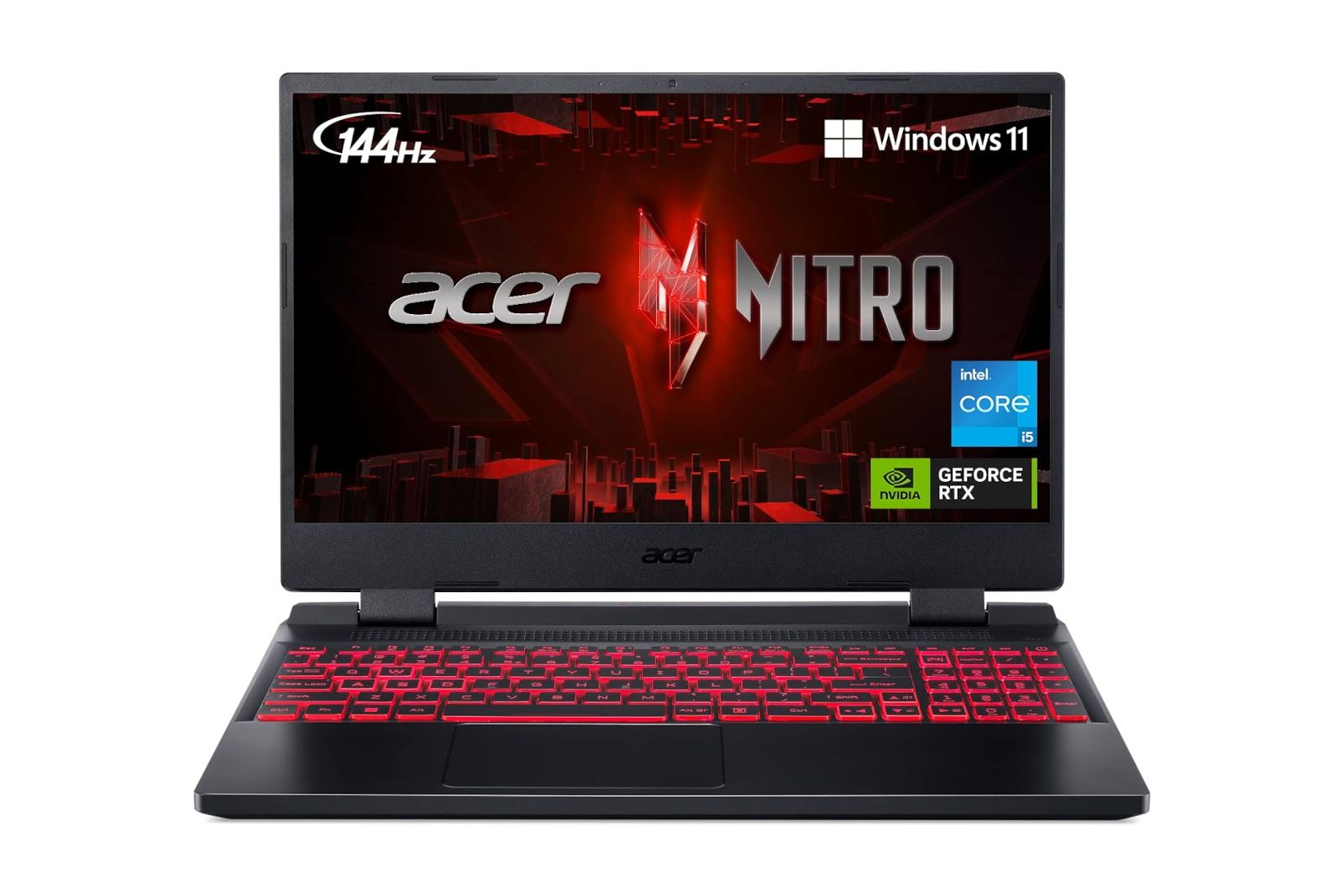
Acer Nitro 5
3. Best laptop for editing on a budget
The pick that punches far above its price point
$795 $900 Save $105
For those with limited funds, the Acer Nitro 5 certainly meets the criteria for high-level editing, and its price is a bargain.
- Intel Core i5-12500H processor reaches up to 4.50GHz
- Amazing value for the price
- Color-rich IPS display
- 16GB DDR4 can be upgraded to 32GB
- Battery life doesn’t last long when editing videos
- Display is only FHD
- Fairly heavy at 5.5 pounds
When shopping on a tight budget, you’ll have to make some sacrifices. But with the Acer Nitro 5, we’ve found that those sacrifices aren’t too bad. It has an excellent processor, graphics card, and upgradeable RAM, so it handles editing software extremely well. Add to that the IPS display for color, and you have yourself an affordable and capable editing machine.
The i5-12500H processor is a 12-core speedster, and it’s basically unmatched in this price range. Its max clock speed of 4.50GHz delivers a fast performance, and it can even handle 4K video editing. The 16GB of DDR4 also carry its weight, though we recommend installing another 16GB to avoid any bottlenecks. And because the Acer Nitro 5 was designed with gaming in mind, it includes a GeForce RTX 3050 Ti with 4GB of GDDR6 VRAM. It’s certainly not as fast as some of the premium laptops on our list, but the Acer Nitro 5 is still a worthy choice.
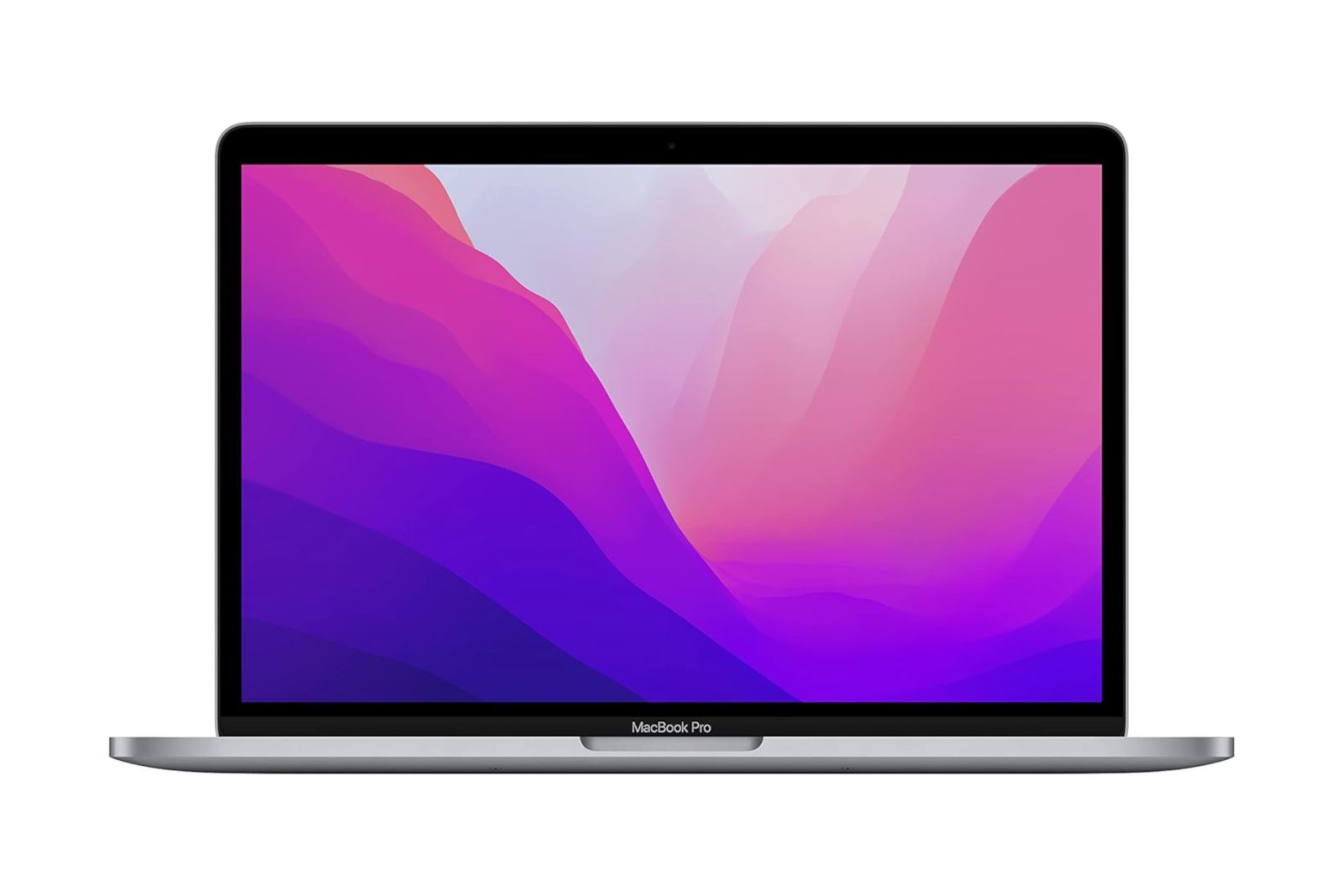
Apple MacBook Pro 13in (M2, 2022)
4. Best value for the price
A big price drop since its release, same awesome power
$1300 $1499 Save $199
The 2022 MacBook Pro’s fame might have been superseded by the latest 2023 model, but it’s still an amazing computer that holds its own.
- 2K screen resolution
- Long-lasting battery life
- M2 chip is still extremely fast
- Apple’s minimalism means fewer ports
- The Touch Bar gets a lot of flak
When the 2022 MacBook Pro hit the market, we were thoroughly impressed. And just because the 2023 model promises fancy new upgrades to the chipset, the 2022 model still retains its glory. The M2 chip is only a little over a year old, but its speed and efficiency remain top-tier. If your budget can’t fit the 2023 model, go with this one.
Pocket-lint’s Adrian Sobolewski-Kiwerski gave us a comprehensive comparison between the two models, and he concluded that the 2022 MacBook Pro is “a safe, conservative choice to save some money.” If that sounds underwhelming, keep in mind that he compared it to our top overall pick. And only a little over a year after its release, the 2022 MacBook Pro has seen a huge price drop. Some folks lament the Touch Bar and limited ports, but the speed of the M2 chip is undeniable. It excels at video editing, and 4K projects run fast and smoothly. You can export in a couple of minutes, render in seconds, and scrub through footage without dropping a single frame. At this price, the 2022 MacBook Pro is a steal.
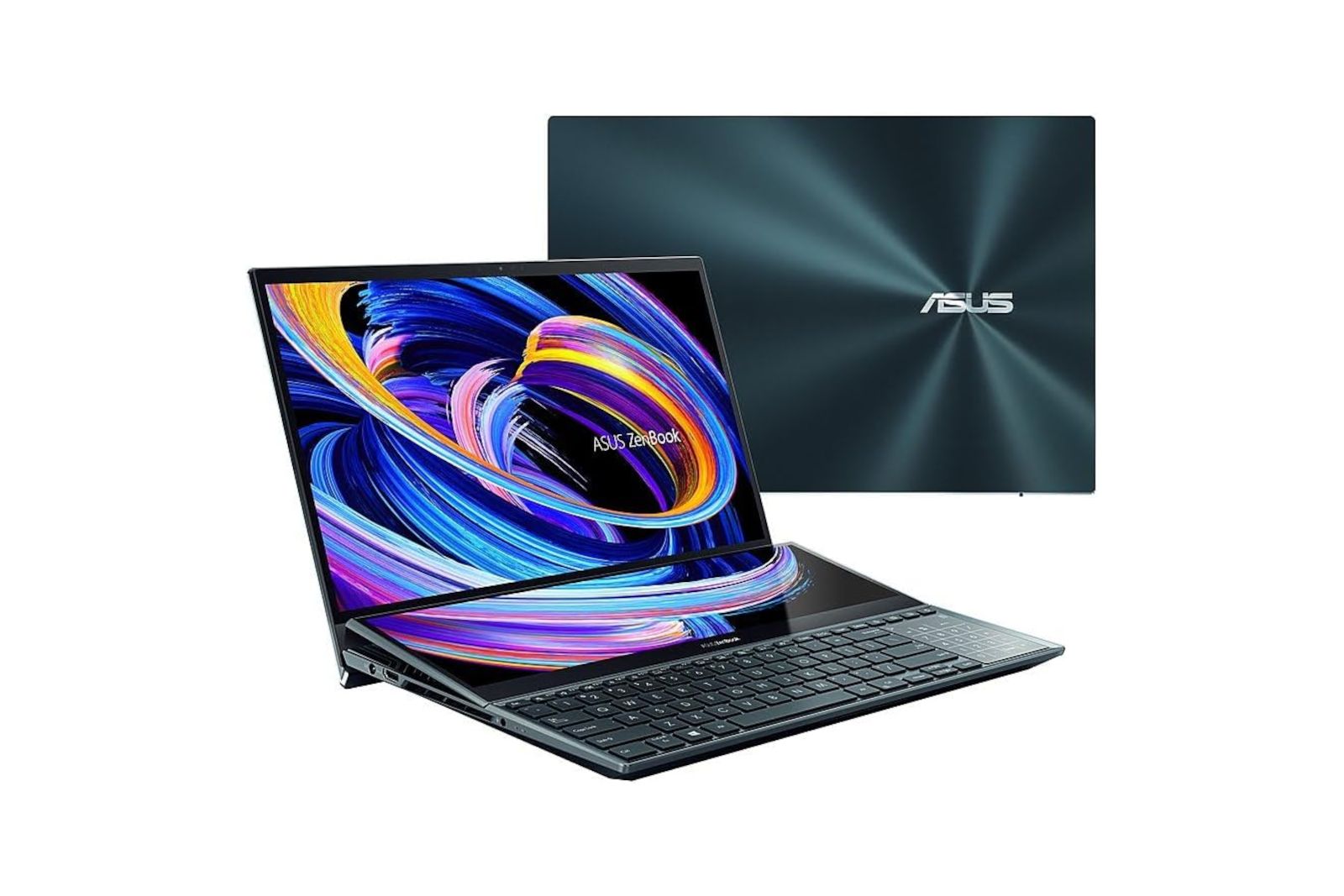
ASUS ZenBook Pro Duo 15
5. Best laptop with 4K touchscreen display
Cutting-edge hardware in a super-slim design
$2459 $2649 Save $190
With an incredible 4K OLED display, a 4TB SSD, and a whopping 32GB of RAM, the ZenBook Pro Duo 15 is a portable powerhouse for editing.
- Two brilliant displays that can function as one
- 4TB SSD can store tons of files
- Lightweight and portable
- Extreme processing power
- Setup may involve manual firmware and driver updates
- Expensive
The specs on the ZenBook Pro Duo 15 are nothing short of impressive. The gorgeous OLED display boasts a 4K resolution, the SSD offers 4TB of storage, and the i9-12900H processor can clock up to 5.50GHz of speed. It also has 32GB of DDR5 RAM and a GeForce RTX 3070Ti graphics card for flawless playback and rendering.
Of course, all that power comes at a price. The ZenBook Pro Duo 15 is called “Pro” for a reason, so it’s not something that most people can afford. The split screen is also not for everyone, and it takes some getting used to. Personally, I think it’s excellent for editing, since you can put effects windows and the timeline on the lower screen, and leave the main screen for previews and playback.
The bottom line: What’s the best laptop for editing?
The Apple 2023 MacBook Pro is by far the best laptop for mobile editing, and it’s all thanks to its M3 Pro chip. That special little chip represents a massive innovation in computing technology, as it combines the CPU and GPU into one synergistic unit. The result is a laptop that flies through editing tasks with ease, so you can forget about waiting around for your rough render.
But there are other excellent options out there as well, and they don’t all cost quite as much. For example, the Acer Nitro 5 has amazing specs, and the price is a bargain. And for professionals, the Razer Blade 14 Gaming Laptop is a premium machine that boasts an insane 240Hz display and a GeForce RTX 4070 graphics card for extreme performance.

Apple MacBook Pro 14-inch (M3, 2023)
Editor’s Choice
$1849 $1999 Save $150
How we chose the best laptops for editing
Computer hardware has come a long way since I started my filmmaking career. Back in the day, I had to digitize tapes onto a clunker of an iMac, and from there edit 480p videos at frustratingly low speeds. Since then, I’ve upgraded my gear considerably, so I have extensive experience when it comes to what works and what doesn’t. I’ve also collaborated with the team of professional photographers and tech heads here at Pocket-lint, and we decided on what features were most important to look for.
Processor: When it comes to editing, the processor is arguably the most important piece of hardware. The CPU will determine how quickly you can work within editing software. All editing tasks, from scrubbing through the timeline to applying masks, are extremely processor-intensive. Thus, we recommend making sure your laptop’s processor has a high clock speed and at least 6 cores.
Graphics card: The graphics card is another important component to an editing computer, especially for video editing. Most modern editing software relies on the GPU to accelerate video encoding and rendering speeds. If your graphics card isn’t very good, you’ll likely wait around for a much longer time for your videos to render. Even playback can be affected, so make sure your GPU is up to the task.
RAM: We recommend at least 16GB of RAM if you want your editing to go smoothly. If your computer doesn’t have enough, editing software may freeze or crash. In fact, your entire computer can crash if you encumber it with too many tasks at once. Fortunately, most laptops allow you to install extra RAM, so you can upgrade down the line if you run into problems. Make sure your laptop’s RAM is upgradeable if you want to install it on your own.
Display: A laptop’s display isn’t going to be as detailed or big as a desktop monitor, but there are still some high-res options out there. Anything greater than 1080p is a boon for editing to help you see the fine details. Another consideration is the color profile, with IPS displays offering the greatest color depth. OLED screens are the second-best displays for color, while standard LCD screens display fewer colors overall.
Storage: Internal storage is really nice to have, since it allows you to transfer files directly to your laptop and work off of that. Working off an internal hard drive is almost always faster than working off an external drive, as the latter’s USB connection can throttle speeds. That being said, any internal SSD 500GB and larger should be enough, since you can save files that you’re not working on an external drive.
What program should I use to edit videos?
We’re big fans of Adobe Premiere Pro. Its professional capabilities and intuitive interface make it a good choice for both beginners and veteran editors. Avid Media Composer is the next step up, and it’s used in many big-budget productions for its advanced codecs and plug-ins. For Mac users, Final Cut Pro is another intuitive option.
What program should I use to edit photos?
As you might have already guessed, Adobe Photoshop is the best photo editing program on the market. And it’s been that way for many years. Photoshop’s toolkit is so comprehensive that “photoshop” has become a verb in the common vernacular. Their latest iteration has AI-powered tools that make adjustments as easy as typing a command and hitting “enter.”
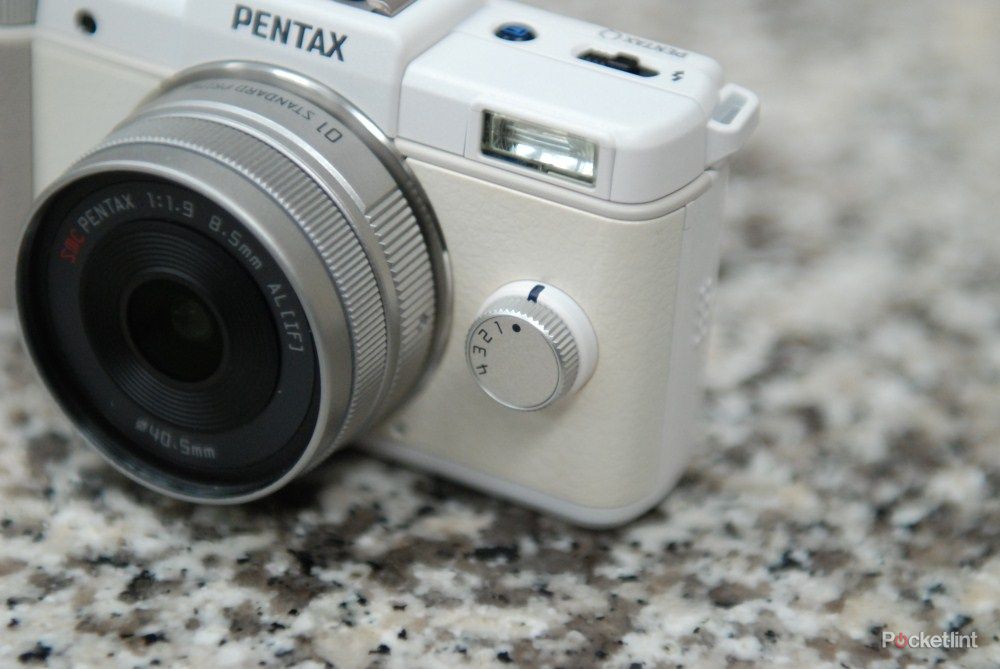
7 free Photoshop alternatives for quick and easy photo fixes
Fixing a photo or creating a graphic doesn’t always have to come with the price or learning curve of Photoshop.
However, there are some free (albeit less advanced) options worth trying out if you don’t want to pay Adobe’s expensive subscription fee. For example, GIMP is free to use, and its interface is extremely similar to Photoshop’s. It’s not the most intuitive, but it still has quite a robust set of tools. Affinity Photo from Serif is another great option, and you only have to pay a set price one time to unlock all of its features.
What’s the most important part of a laptop for editing?
We prioritize the processor, RAM, and graphics card, in that order. Your processor will ultimately determine how fast your editing program can run. That includes applying effects, opening files, rendering, and scrubbing through footage. Better processors will have higher clock rates, such as 3.6GHz and above, and a greater number of cores, with four cores being the minimum for editing high-res videos. RAM will also affect speeds, especially when drawing from many different files. If you don’t have enough RAM, your computer can crash. Finally, the graphics card isn’t quite as important, but it will likely influence playback and render times. Look for graphics cards with at least 2GB of on-board RAM.
Trending Products

Cooler Master MasterBox Q300L Micro-ATX Tower with Magnetic Design Dust Filter, Transparent Acrylic Side Panel, Adjustable I/O & Fully Ventilated Airflow, Black (MCB-Q300L-KANN-S00)

ASUS TUF Gaming GT301 ZAKU II Edition ATX mid-Tower Compact case with Tempered Glass Side Panel, Honeycomb Front Panel, 120mm Aura Addressable RGB Fan, Headphone Hanger,360mm Radiator, Gundam Edition

ASUS TUF Gaming GT501 Mid-Tower Computer Case for up to EATX Motherboards with USB 3.0 Front Panel Cases GT501/GRY/WITH Handle

be quiet! Pure Base 500DX ATX Mid Tower PC case | ARGB | 3 Pre-Installed Pure Wings 2 Fans | Tempered Glass Window | Black | BGW37

ASUS ROG Strix Helios GX601 White Edition RGB Mid-Tower Computer Case for ATX/EATX Motherboards with tempered glass, aluminum frame, GPU braces, 420mm radiator support and Aura Sync


